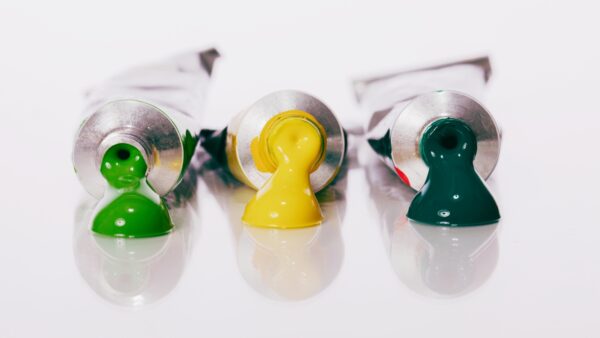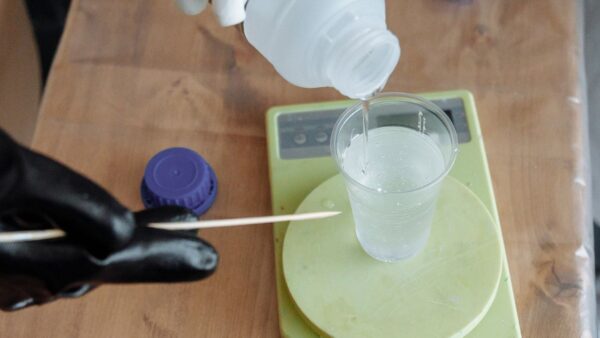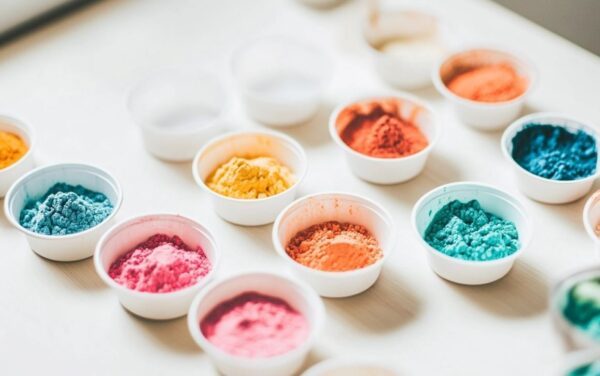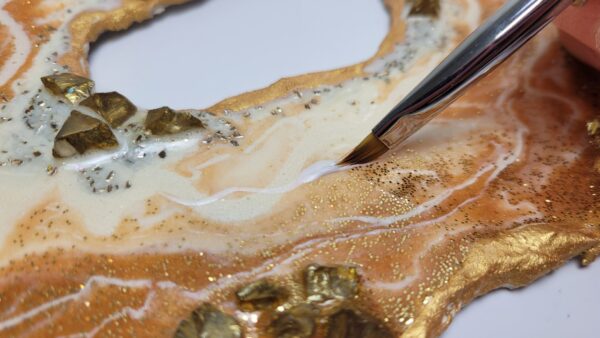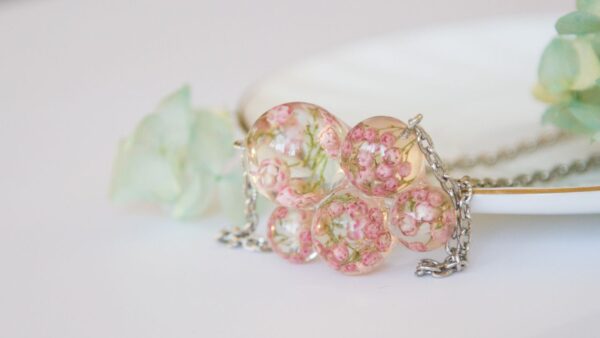UV Resin Vs Epoxy Resin: Here Are The Differences
Welcome to our guide for resin users. Today we are sharing UV Resin Vs Epoxy Resin. There are some differences between using UV Resin (ultraviolet resin) and epoxy resin that you will need to know before going ahead with using them.
Both are popular for creating crafts, but they work in different ways and suit different types of projects.
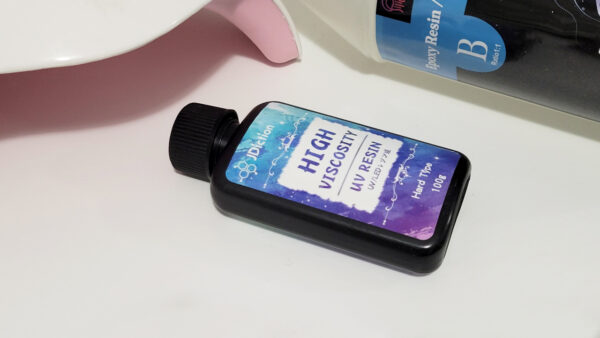
In this article, we’ll break down how UV resin and epoxy resin compare in terms of curing time, durability, ease of use, and more. This guide will help you choose the right resin for your project.
UV resin vs. Epoxy Resin
Curing Time
UV resin cures quickly when exposed to UV light, usually hardening in just a few minutes.
Epoxy resin, on the other hand, takes much longer to cure, often needing 24 to 48 hours to fully harden. This goes for two part epoxy resins with 1:1 ratio, and also 1:2 ratio of resin and hardener.
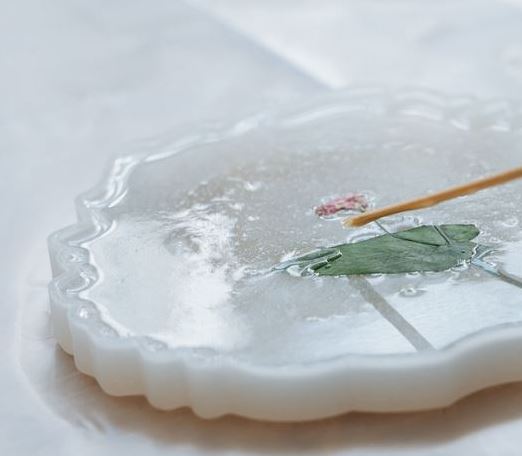
The fast curing time of UV resin is great for small projects or quick fixes, while epoxy resin works better for larger projects where more time is needed. Both types need proper curing to be durable.
See our article: Why my resin is still sticky and how to use UV Resin for beginners.
How They Harden
UV resin hardens only when exposed to UV light, so you’ll need a UV lamp or sunlight to cure it.
Epoxy resin, however, hardens on its own through a chemical reaction when you mix the two parts together (resin and hardener).
This makes epoxy better for projects where UV light isn’t available. UV resin’s hardening process gives more control since it won’t start curing until it’s exposed to light.
Durability of each resin
UV resin is not as strong and is better suited for smaller items like jewelry or decorations. Epoxy can handle wear and tear better, while UV resin may not hold up as well over time.
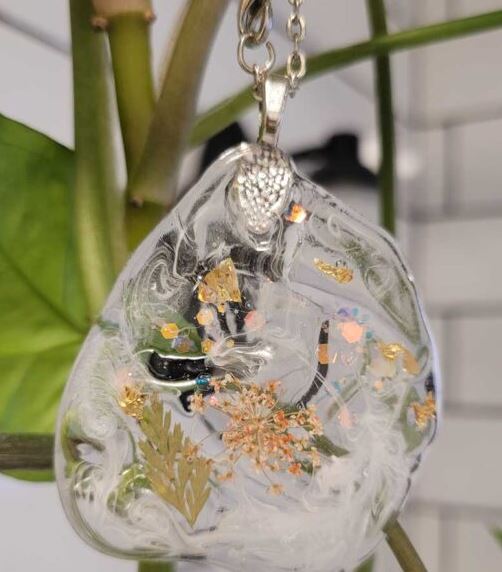
Epoxy resin is known for being stronger and more durable, making it better for large projects like furniture, resin bar tops or countertops.
Both can still create a glossy, hard finish when fully cured.
Ease of Use
UV resin is easier for beginners because you don’t have to measure or mix different parts—just apply it and cure it with UV light for ultraviolet resin.
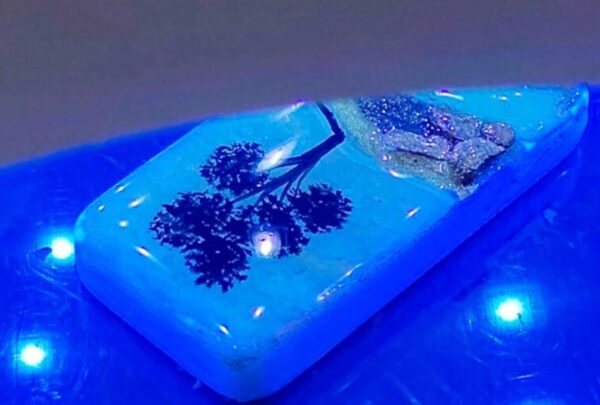
Epoxy resin requires careful measuring and mixing to get the right results. However, the longer working time of epoxy resin can be helpful if you need time to adjust your project before it hardens.
UV resin’s ease of use makes it a quick option for small, fast projects.
Best Uses
UV resin is ideal for small crafts, jewelry, and quick repairs since it cures fast and doesn’t require mixing. I once used it for repairing a small crack in my greenhouse window and it worked perfectly for that.
Epoxy resin is better for bigger projects like tables, art pieces, and coatings, where its strength and slower curing time are helpful.
If you need to coat large surfaces or do casting work, epoxy resin is usually the better choice. UV resin shines when you need speed and precision in smaller projects.
Odor and Safety
UV resin tends to have a noticeable odor when it’s curing, but it usually goes away after it hardens.
Epoxy resin can have stronger fumes, especially during the mixing process.
Both types of resin should be used in well-ventilated areas to reduce inhaling fumes. For safety, gloves and protective gear are recommended when working with either resin.
No matter what type of resin you are using, a proper resin mask is a must have.
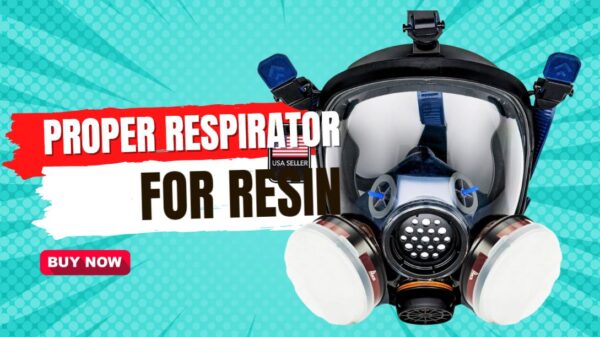
See our article about resin safety precautions before using any type of resin.
Flexibility in Layering
With UV resin, you can work in thin layers because it cures fast, allowing you to add multiple layers in a short time.
Epoxy resin, on the other hand, takes longer to cure, which means you have to wait before adding a new layer.
This makes UV resin great for small, layered designs, like doming or jewelry. Epoxy is better suited for larger projects where you don’t need to add as many layers quickly.
Cost of each resin
UV resin is usually more expensive than epoxy resin, especially when you factor in the cost of a UV light for curing.
Epoxy resin tends to be more affordable, particularly if you’re working on larger projects and need more material.
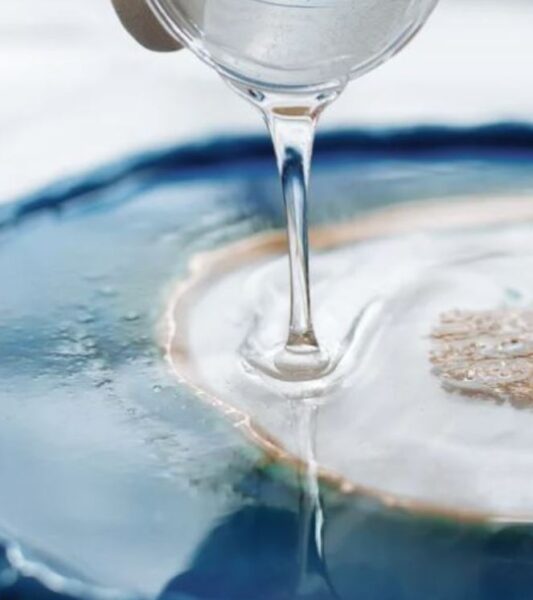
For small, quick projects, the convenience of UV resin might justify the higher cost. If you’re working on a big project, epoxy is often the more budget-friendly option.
See our article: Best resin for crafts
Shelf Life of resin
UV resin has a shorter shelf life compared to epoxy resin once opened. If not stored properly, UV resin can start to harden in the bottle over time, especially if exposed to sunlight. This is one of the most common problems with using UV resin.
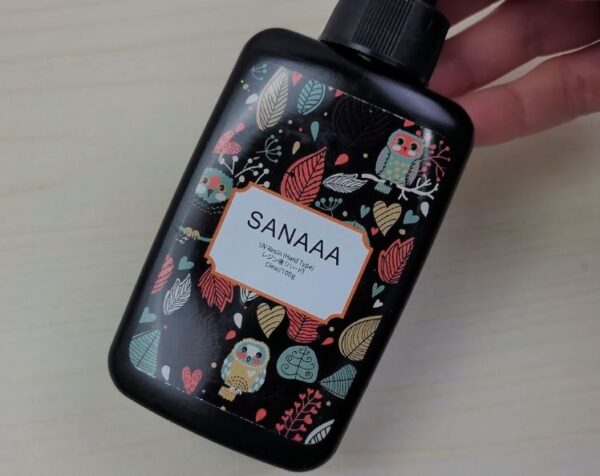
Epoxy resin, when stored properly, tends to last longer, even after being opened. It’s important to keep both types sealed tightly and stored in a cool, dark place to extend their shelf life.
In the end, both UV resin and epoxy resin have their own strengths depending on what you’re looking to create. UV resin is perfect for quick, small projects that need fast curing, while epoxy resin is ideal for larger, more durable creations.
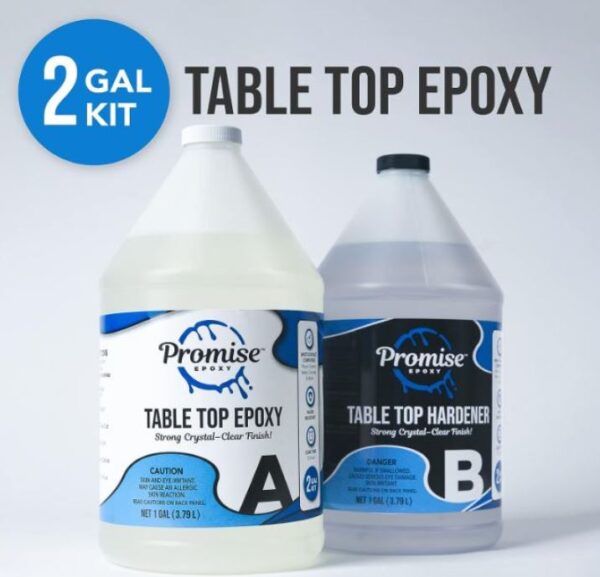
So that’s pretty much the difference between UV resin vs regular resin. By knowing all of this, including curing time, durability, and how to use them, you can pick the right resin for your next project.
No matter which one you choose, both offer a great way to bring your creative ideas to life! Happy crafting.

